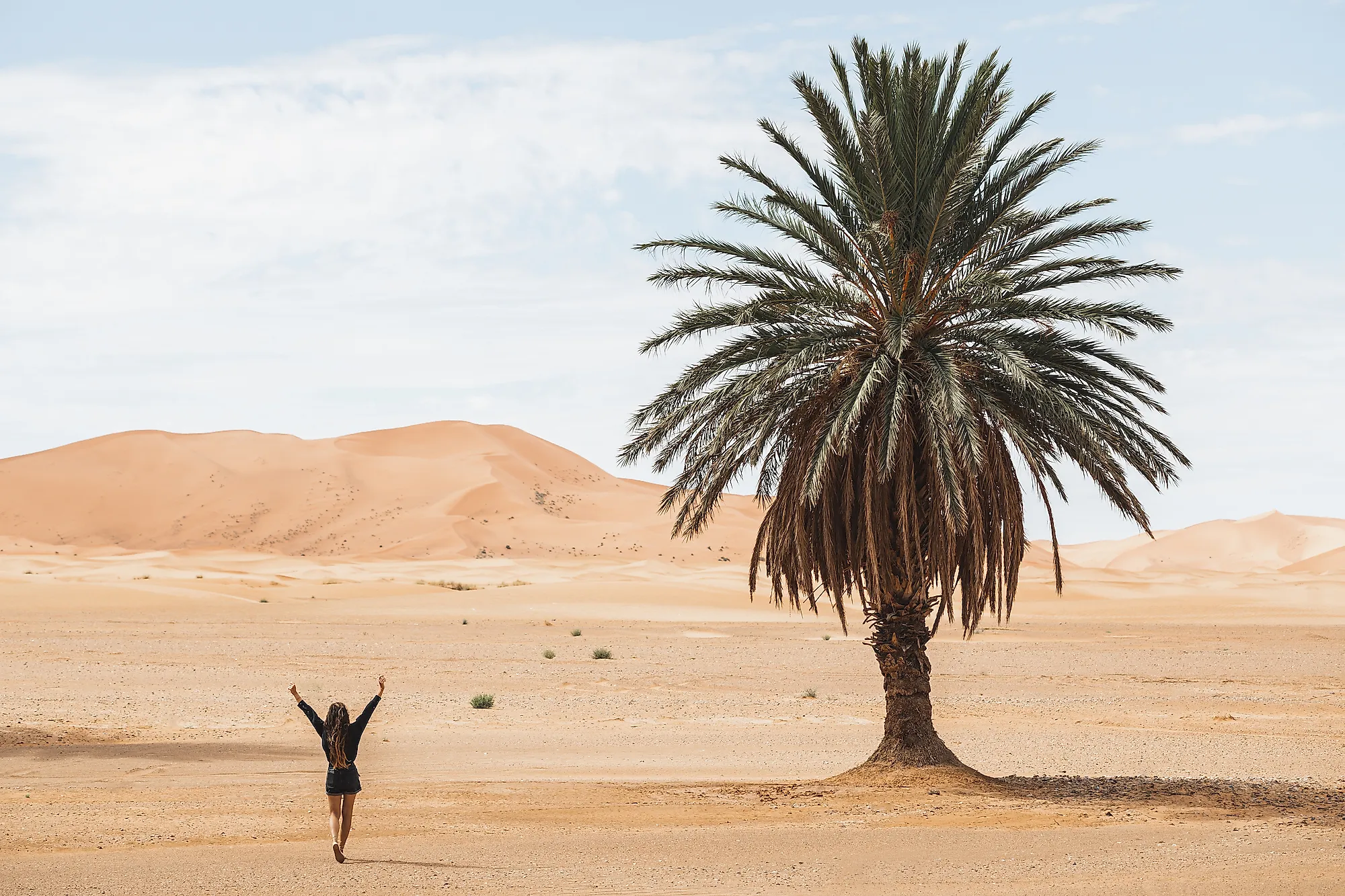
The Least Forested Countries In The World
Forests are some of the world’s most important ecosystems because they harbor important tree species, host multitudes of animals, and play critical roles in the hydrological circle. They also add beauty to the landscape and are important sources of livelihood for most communities. The UNFAO defines a forest as a land area spanning over 0.5 ha (0.005 square kilometers) and covered by trees rising at least 5 meters. These areas do not include land under agricultural use, even if the crops are higher than 5 meters.
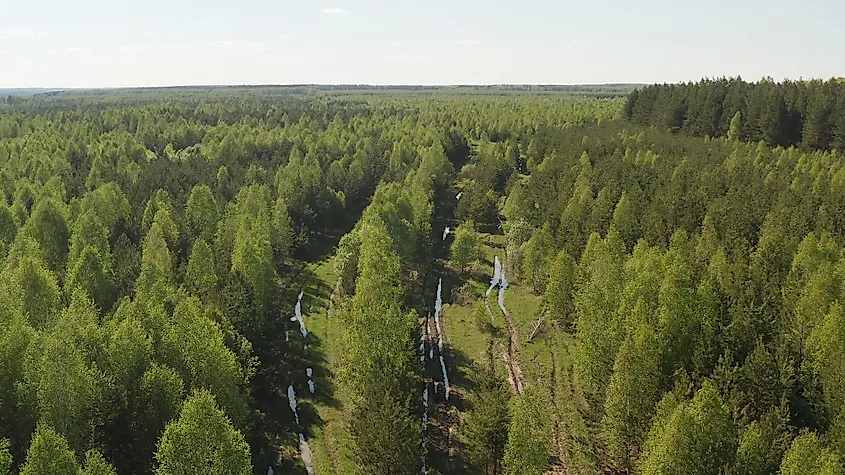
By the above definition, forests cover approximately 31% of the Earth’s total land area, about 4.06 billion hectares (40.6 million square kilometers). Primary forests (forests dominated by native species and are largely undisturbed by human activities) account for about one-third of the total forest area. Europe, the second-smallest continent, has the most forest cover of any continent. Its forests cover about 1.015 billion hectares, with the Russian Federation accounting for 81% of the continent’s forest cover. Asia, the world’s largest continent, is the second-least forested continent, with just about 593 hectares of forest cover.
Interestingly, ten countries account for two-thirds of the planet’s total forest area, with the remaining one-third distributed among the rest of the countries. Russia, Brazil, Canada, the US, and China share more than half of the forest area, with Russia accounting for 20% of the global forest area. However, forests cover about 45% of the country’s total land area, making it the 53rd most forested country. Up to 98% of Suriname’s land area is covered by forest, making it the most forested country. On the contrary, nine countries have less than 1% forest cover, while up to 30 countries have forest cover of not more than 5% of their land area.
Small, Densely Populated Countries Have Low Forest Cover
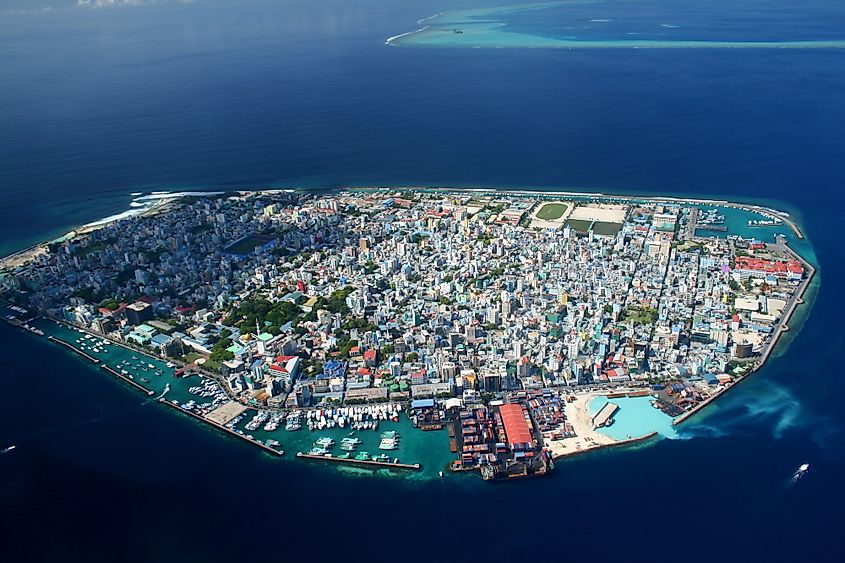
Small countries with high population densities tend to have small or no forest area due to the pressure put on the available land by the growing population. Monaco (2 sq. km), Nauru (21 sq. km), Kiribati (811 sq. km), and Maldives (298 sq. km) are some of the world’s smallest countries. However, they are some of the most crowded places on Earth because of their high population against small land areas. Monaco, the most densely populated country (21,158 people per square kilometers), has 0% forest cover. Nauru also has no forest cover at all. However, Kiribati and Maldives have 2% and 3% forest cover.
Western And Central Asian Countries With Arid Landscapes Have Low Forest Cover
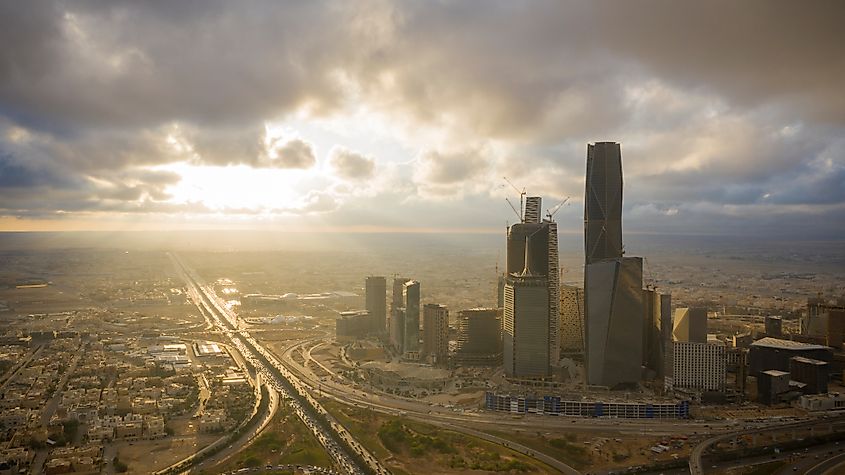
Although Asia is the world’s largest continent, spanning over 44 million square kilometers, it has a forest cover of only 593 million hectares (6 million square kilometers), about 14% of the continent's total land area. Most regions are characterized by drylands, mostly deserts, stretching thousands of square kilometers. One of Asia’s driest regions is Western Asia. This region has some of the least forested countries. On the Arabian Peninsula, Qatar, Oman, and Kuwait have less than 1% forest cover while Yemen and Saudi Arabia have 1%. The United Arab Emirates is the peninsula's most forested country with 5% forest cover. Much of Western Asia is covered by desert, including the Arabian Desert, which stretches 2.3 million square kilometers. It is Asia’s largest desert and the world’s 4th largest driest desert. The hot desert conditions are not suitable for forest trees to thrive there.
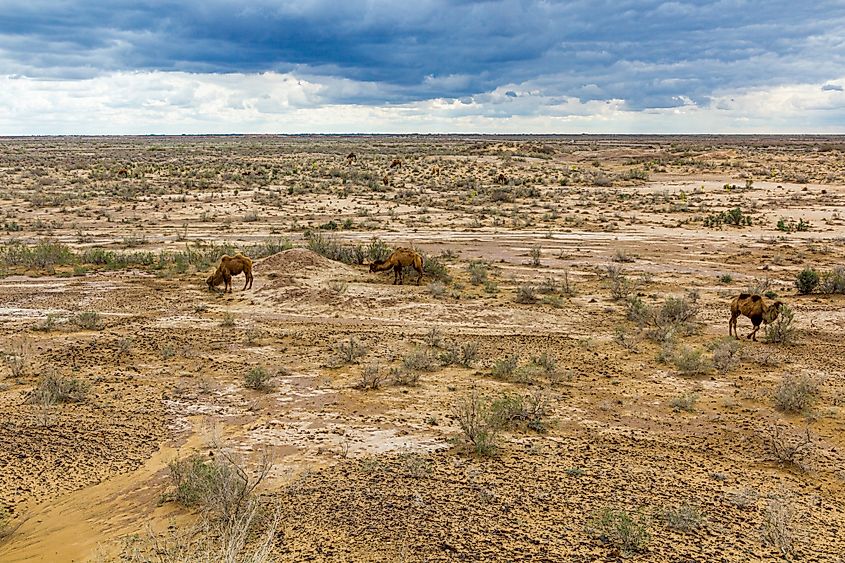
Besides Western Asia, several other countries on the continent have less than 10% forest cover. Most of these countries are in Central Asia, including Turkmenistan (9%), Uzbekistan (8%), Kyrgyzstan (7%), Tajikistan (3%), and Kazakhstan (1%). Afghanistan (2%), and Pakistan (5%) in South Asia also have low forest cover. Although Central Asia has some of the biggest countries, the region is characterized by desert conditions, with several deserts spanning large areas. For example, the Karakum Desert, covering about 350,000 square kilometers, straddles Kazakhstan and Turkmenistan.
Sahara Desert Covers Large Parts Of Africa
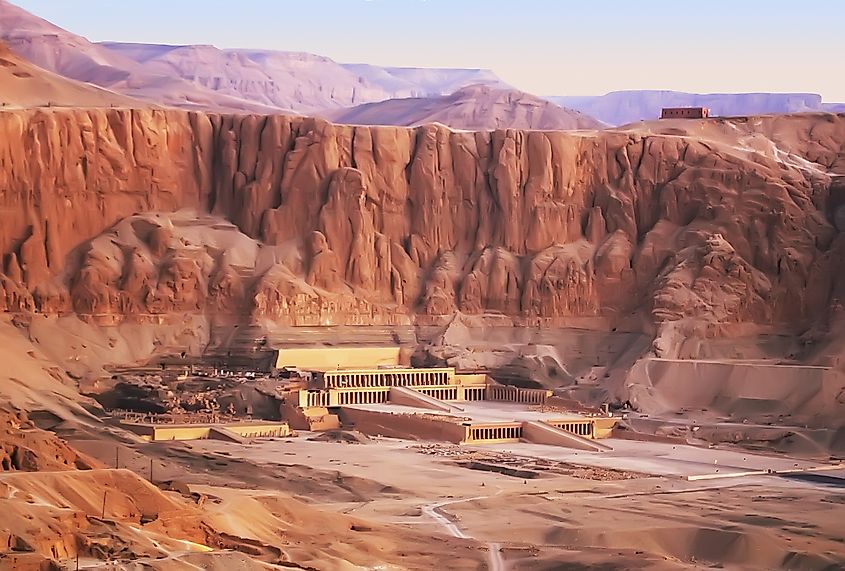
Africa’s forests cover approximately 624 million hectares (6.2 million square kilometers), about one-fifth of the continent’s total land area. However, around 30% of the continent’s total area falls within the Saharan Desert, the world’s largest hot desert and 3rd largest by area, after northern Arctic and Antarctica. This desert covers most of North Africa, limiting forest growth in the region. Egypt, Libya, Mauritania, Algeria, Niger, Chad, and Tunisia are located within the 9.2 million square kilometers hot desert, with these countries having a tree cover of 5% or less. Rainfall is virtually non-existent in most of these countries, while temperatures are very high, making it nearly impossible for trees to thrive.
Below the Sahara is a transition region known as the Sahel, characterized by a semi-arid climate. This region stretches about 3 million square kilometers and contains some of the least forested countries in Africa, including Eritrea, Sudan, South Sudan, Mali, and Senegal. However, most countries in this region have a significant percentage of forest cover than the countries located entirely in the Sahara Desert Region.
Southern African Countries With Limited Forest Growth
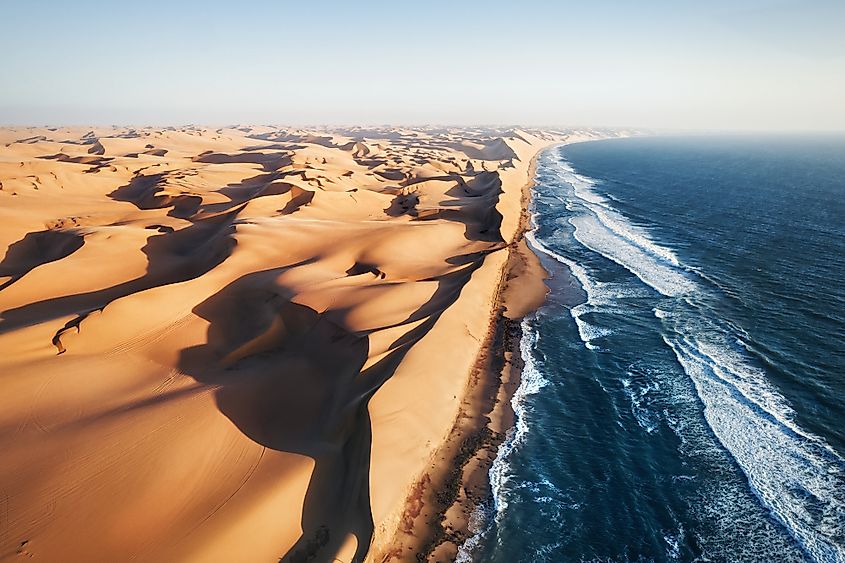
Namibia, a Southern African country, has only 8% forest cover, and is Sub-Saharan Africa’s driest country, receiving the least rainfall. The country is located between Kalahari and the Namib Deserts. The available forests are restricted to the country’s northern half.
Although Lesotho lies on a higher elevation and experiences cool temperatures throughout the years, forests cover only 1% of its total land area (44,000 ha). The country lost about 200 ha of forest per year between 1990 and 2010 but gained about 10% during the same period. Lesotho’s lack of forest cover is mainly due to natural factors such as poor soil and climate combined with overreliance on wood for fuel and construction.
50 Countries with lowest forest cover in the world (as % of land area)
| Country | Forest area (% of land area) |
|---|---|
|
Monaco |
0 |
|
Nauru |
0 |
|
Qatar |
0 |
|
Oman |
0 |
|
Egypt |
0 |
|
Libya |
0 |
|
Djibouti |
0 |
|
Mauritania |
0 |
|
Kuwait |
0 |
|
Saudi Arabia |
1 |
|
Iceland |
1 |
|
Algeria |
1 |
|
Bahrain |
1 |
|
Niger |
1 |
|
Yemen |
1 |
|
Jordan |
1 |
|
Lesotho |
1 |
|
Kazakhstan |
1 |
|
Malta |
1 |
|
Kiribati |
2 |
|
Palestine |
2 |
|
Afghanistan |
2 |
|
Iraq |
2 |
|
Maldives |
3 |
|
Syria |
3 |
|
Tajikistan |
3 |
|
Chad |
4 |
|
United Arab Emirates |
5 |
|
Tunisia |
5 |
|
Pakistan |
5 |
|
Kenya |
6 |
|
Israel |
7 |
|
Iran |
7 |
|
Kyrgyzstan |
7 |
|
Namibia |
8 |
|
Uzbekistan |
8 |
|
Turkmenistan |
9 |
|
Mongolia |
9 |
|
Ivory Coast |
10 |
|
Somalia |
10 |
|
Sudan |
10 |
|
Eritrea |
11 |
|
Argentina |
11 |
|
Burundi |
11 |
|
Mali |
11 |
|
Netherlands |
11 |
|
Rwanda |
11 |
|
Cabo Verde |
11 |
|
Ireland |
11 |
|
South Sudan |
11 |
Data source: World Bank











